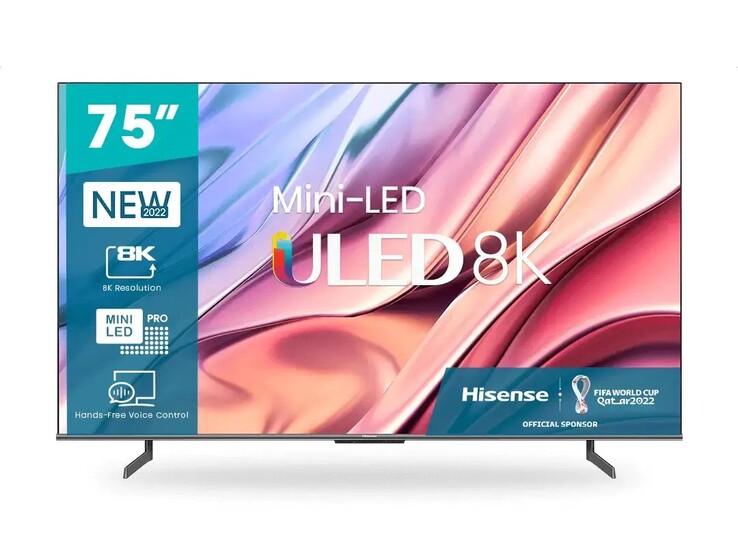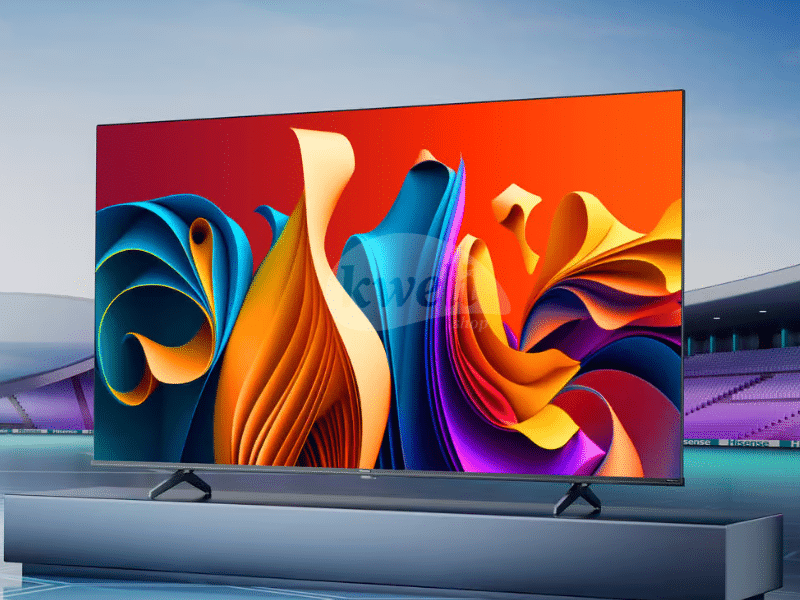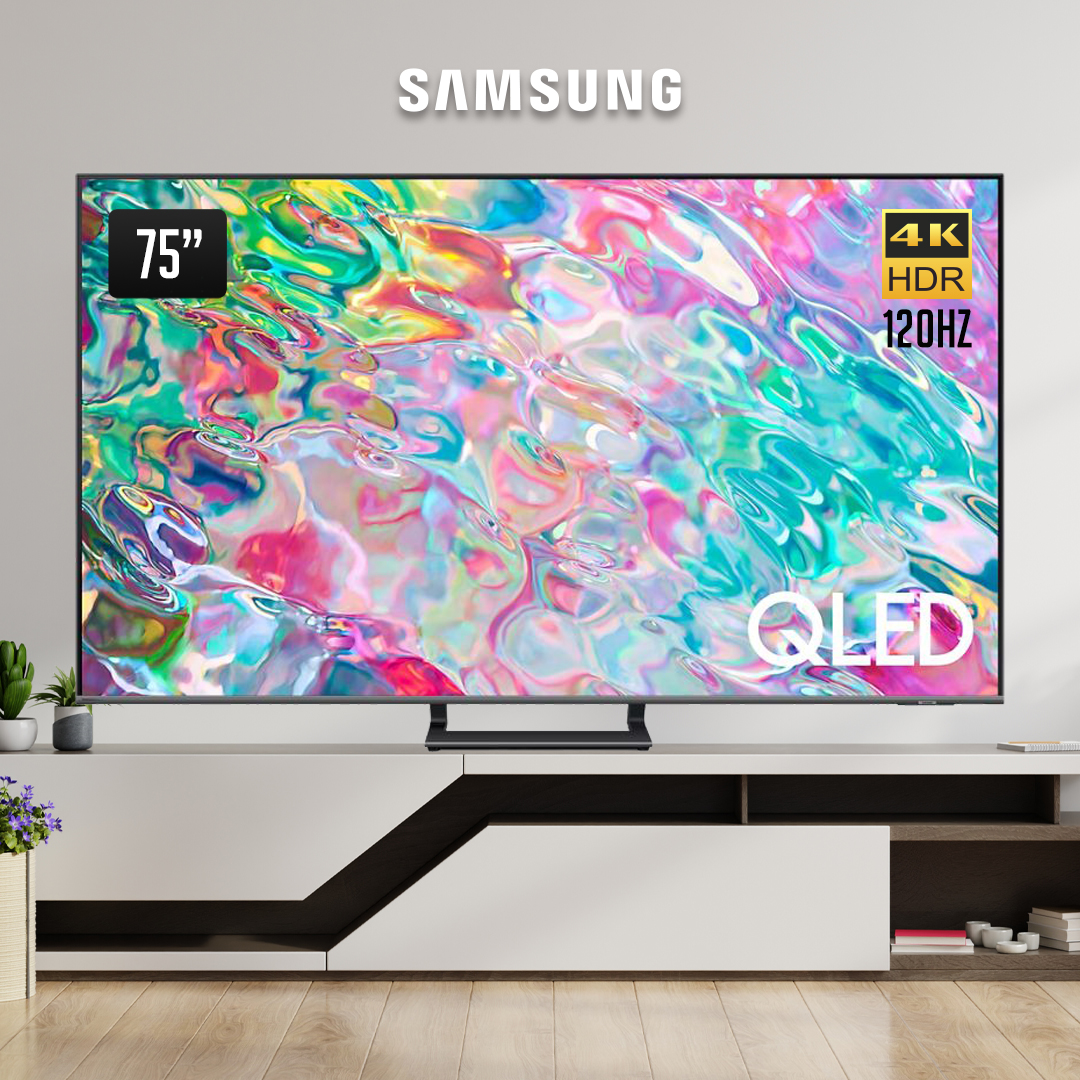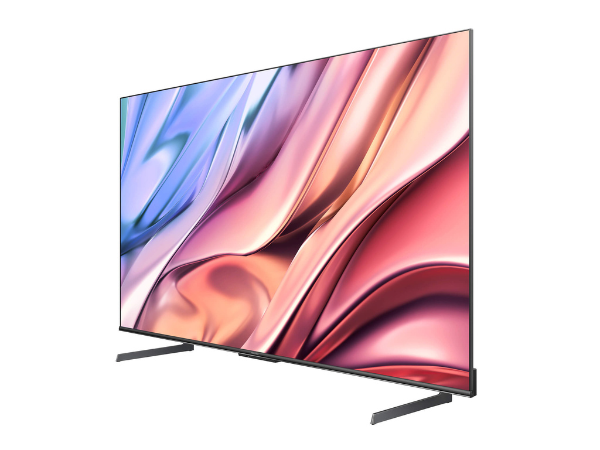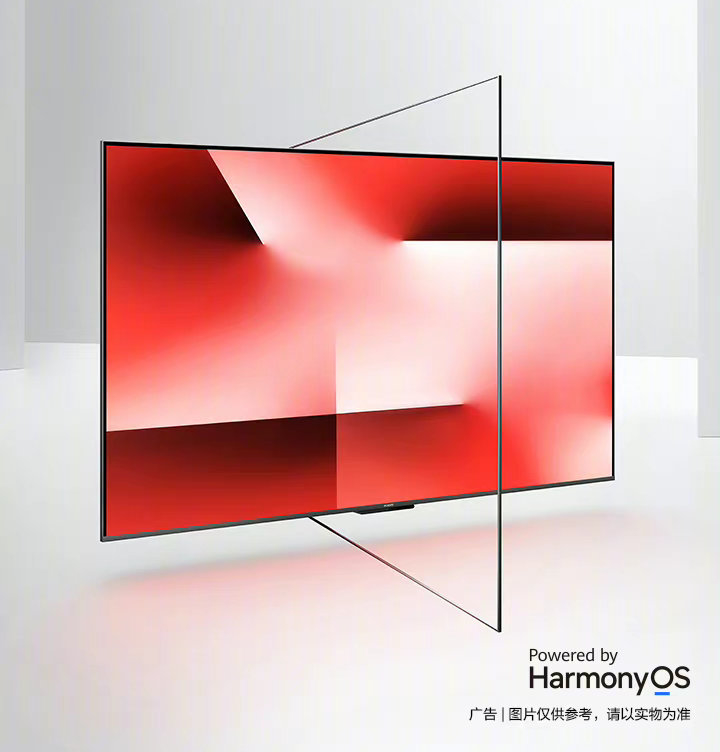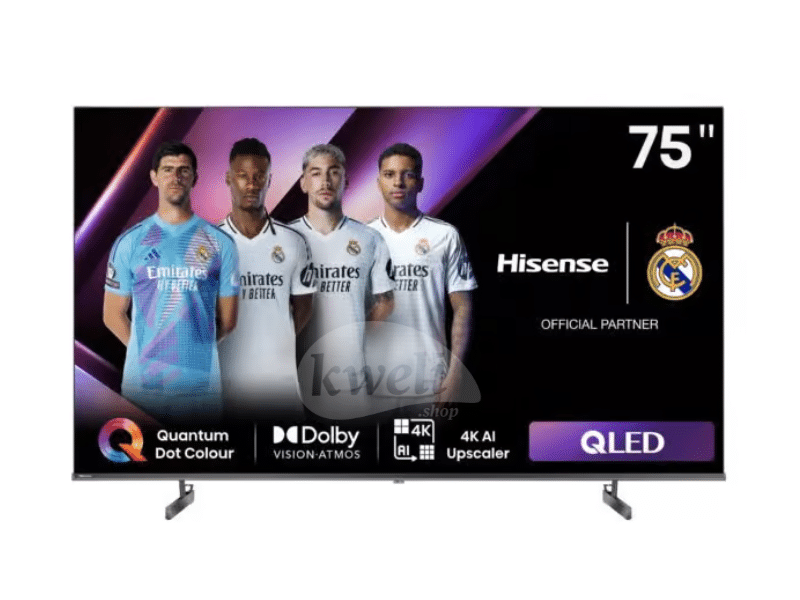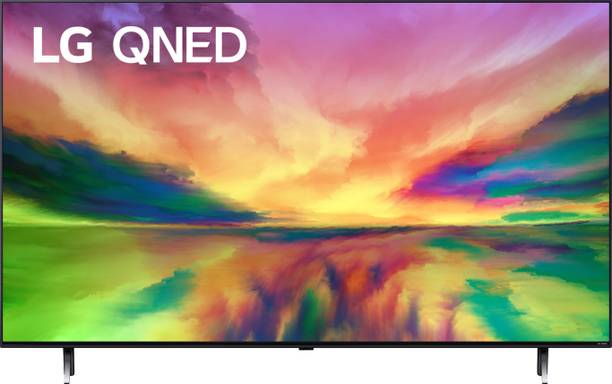75 Inch Tv With 120hz Refresh Rate

The visual landscape is undergoing a rapid transformation, driven by consumers demanding increasingly immersive and seamless entertainment experiences. At the forefront of this evolution stands the 75-inch television, now frequently equipped with a crucial feature: a 120Hz refresh rate. This specification isn't merely a technical detail; it signifies a tangible leap in picture quality, directly impacting how viewers engage with content, from fast-paced action movies to high-octane video games.
This article delves into the significance of the 75-inch 120Hz TV, exploring its impact on visual fidelity, its rising popularity, the technology underpinning its performance, and its implications for both consumers and the display industry. We'll examine the technology driving this immersive experience, the benefits consumers stand to gain, and the future trajectory of this rapidly evolving segment of the display market.
The Rise of the 75-Inch 120Hz TV
The demand for larger screen sizes has been steadily increasing over the past decade, fueled by declining prices and the desire for a more cinematic home viewing experience. The 75-inch screen size has emerged as a sweet spot, offering a substantial upgrade from smaller models while still remaining practical for many living rooms.
Coupled with the increasing screen size is the desire for smoother motion, giving rise to the 120Hz refresh rate. Market analysis indicate that TVs with 120Hz refresh rates are experiencing rapid growth, particularly in the 75-inch and larger categories.
Understanding Refresh Rate: Why 120Hz Matters
The refresh rate, measured in Hertz (Hz), dictates how many times per second a TV screen updates its image. A 120Hz refresh rate means the screen refreshes 120 times per second, twice as fast as the standard 60Hz. This is crucial for reducing motion blur and creating a clearer, more stable image, especially during fast-paced action sequences or gaming.
In contrast, a 60Hz display will exhibit noticeable blurring and judder when displaying fast-moving content. This difference is particularly pronounced on larger screens, where even minor imperfections become more apparent.
A faster refresh rate ensures a significantly smoother viewing experience, rendering fast-moving objects with greater clarity.
The Technology Behind the Smoothness
Achieving a 120Hz refresh rate on a 75-inch panel requires sophisticated display technology. Manufacturers employ advanced panel designs, powerful image processors, and complex algorithms to ensure seamless performance.
Some manufacturers utilize motion interpolation techniques to artificially increase the refresh rate, but these methods can sometimes introduce the "soap opera effect," which many viewers find undesirable. The best 120Hz TVs boast native 120Hz panels, meaning the panel itself is capable of refreshing at that rate without relying on excessive processing.
Benefits for Consumers
The advantages of a 75-inch 120Hz TV are manifold. Gamers will particularly appreciate the reduced input lag and smoother motion, leading to a more responsive and immersive gaming experience. It gives them a competitive edge in fast-paced games.
Movie enthusiasts will enjoy a more cinematic experience, with reduced motion blur during action scenes and smoother panning shots. The overall picture quality is enhanced, resulting in a more engaging and enjoyable viewing experience.
For everyday viewing, the higher refresh rate reduces eye strain, making prolonged viewing more comfortable. Especially, the image is noticeably sharper.
Considerations and Trade-offs
While a 120Hz refresh rate offers numerous benefits, it's important to acknowledge potential drawbacks. TVs with this feature typically come at a higher price point compared to their 60Hz counterparts.
Furthermore, not all content is created equal. Some older films and TV shows were originally shot at lower frame rates, and upscaling them to 120Hz might not always yield the best results. Some viewers may even prefer the original look and feel of these older formats.
It's crucial to research specific models and read reviews to ensure that the 120Hz implementation is well-executed and doesn't introduce unwanted artifacts.
The Future of High Refresh Rate TVs
The trend towards higher refresh rates is likely to continue, with manufacturers pushing the boundaries of display technology. We can expect to see even higher refresh rates in the future, potentially reaching 144Hz or even 240Hz, especially in gaming-focused displays.
Additionally, advancements in display technologies like OLED and Mini-LED will further enhance the picture quality of these TVs, creating even more immersive and visually stunning experiences.
The 75-inch 120Hz TV represents a significant step forward in home entertainment, offering a compelling combination of size, performance, and immersive viewing. As technology continues to evolve, consumers can anticipate even more exciting advancements in the world of television.



